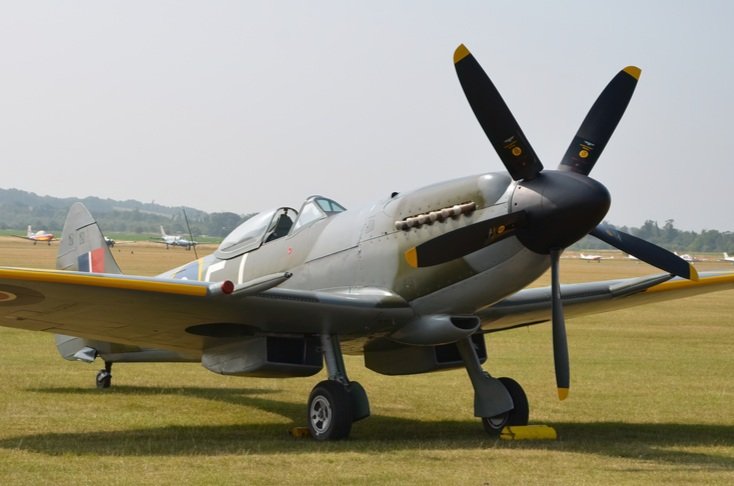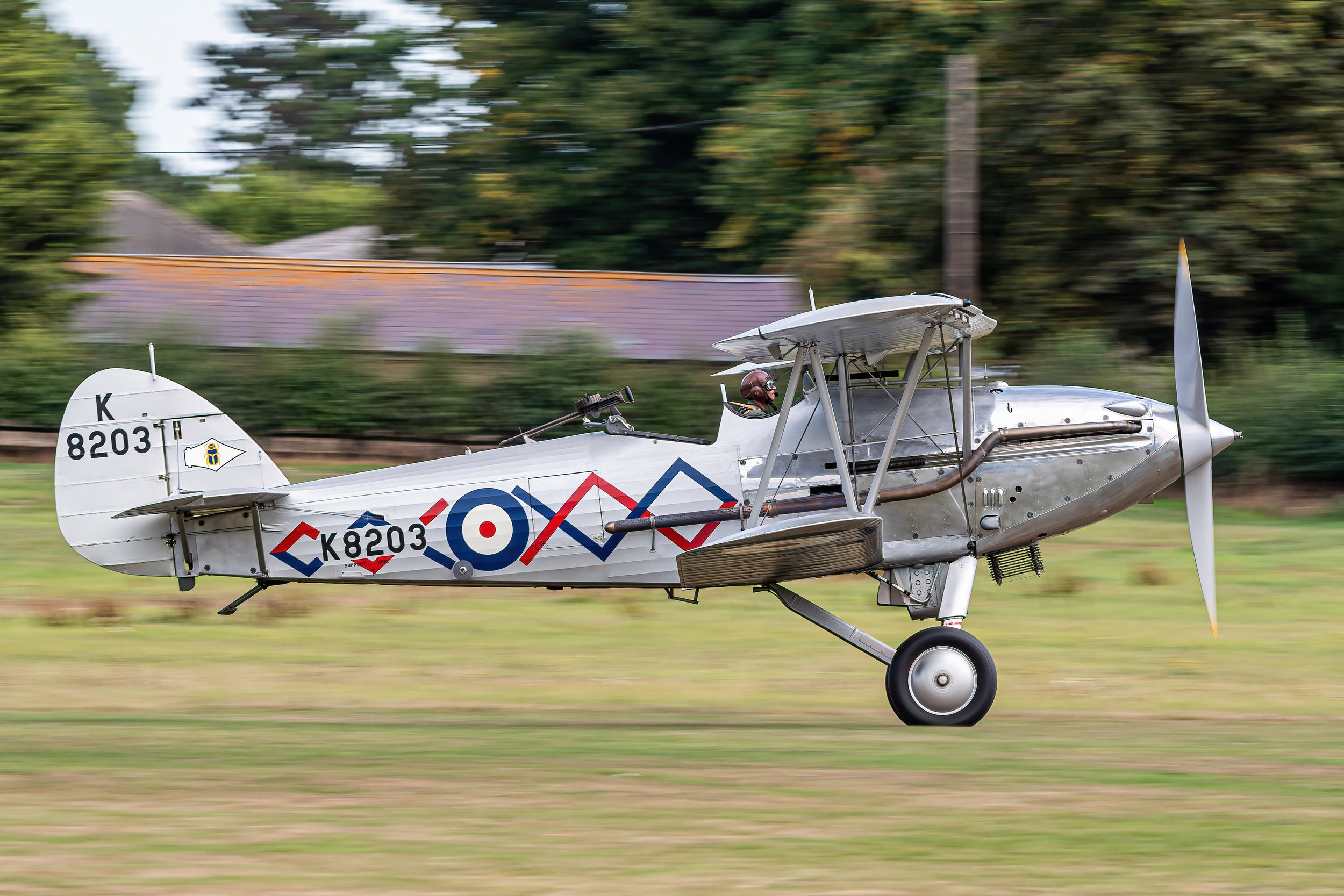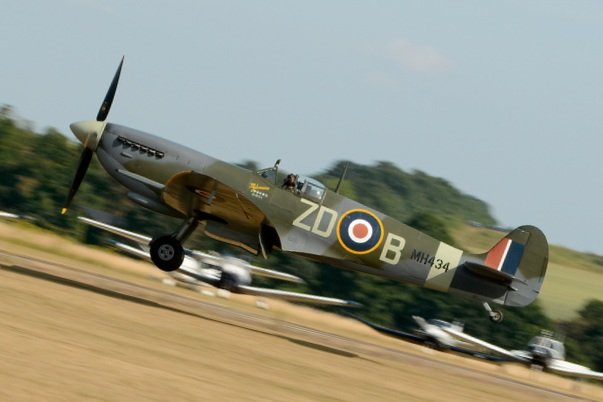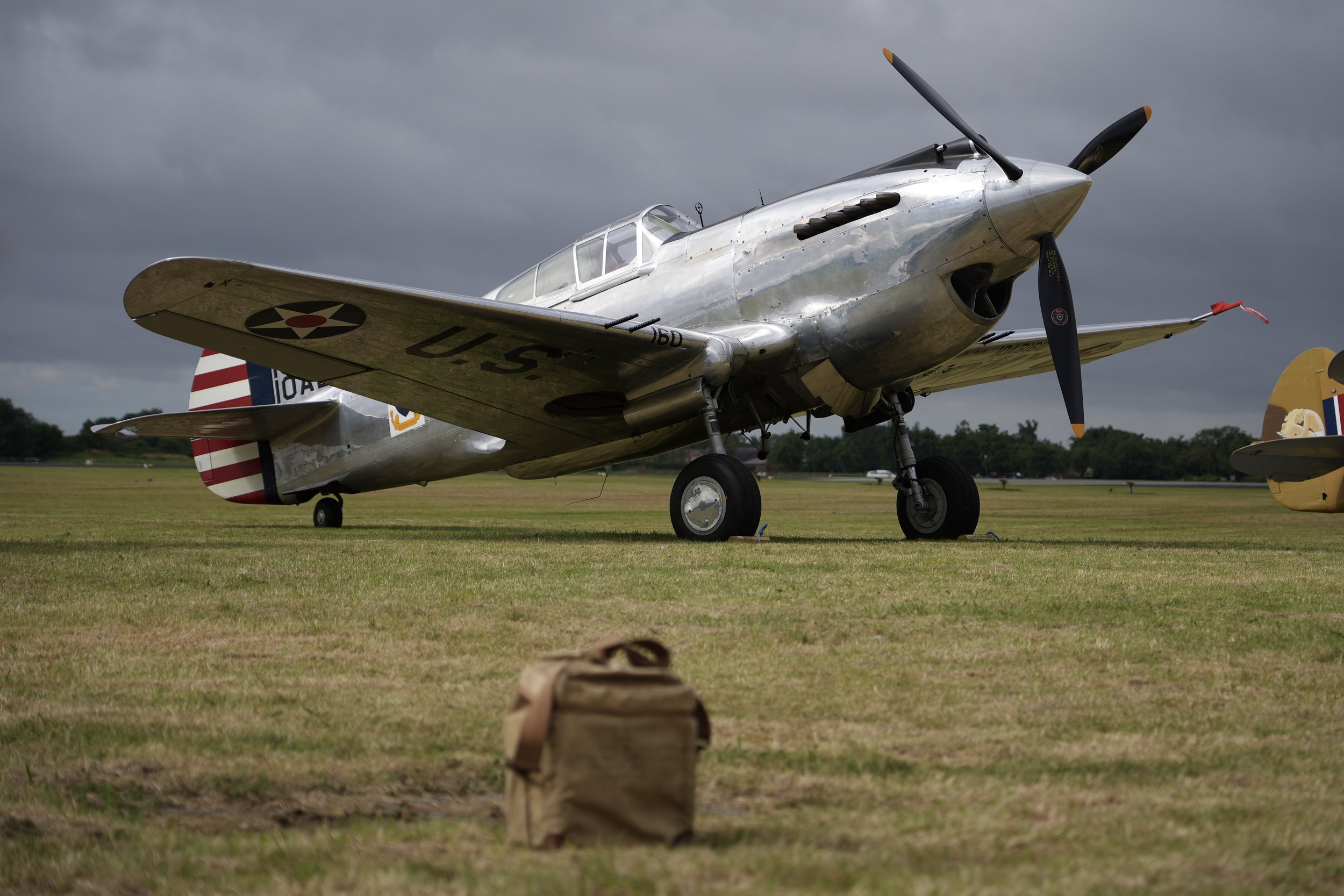Fury FB.11 G-CBEL
Year built
1953
Aircraft
Fury FB.11
Base
North Weald Airfield
This particular Sea Fury, with a construction number of 37539, was produced by Hawker as a Fury ISS (Iraqi Single Seat) for the Iraqi Air Force. It was one of 60 aircraft built under contract number 53/1/012, with this specific plane being numbered 315 within that production batch.
After serving in the Iraqi Air Force, the aircraft was purchased and brought to Orlando, Florida, USA, in 1979 by Ed Jurist and David C Tallichet. In 1989, the Fury was passed on to the Laws/Coleman Warbird Museum in Coleman, Texas, where it underwent significant restoration work and was rebuilt to airworthy condition. It flew again in April 1991, receiving the registration number N36SF.
In September 1991, the Fury was shipped to the UK and was owned by John Bradshaw at Wroughton until 2009. During this time, the aircraft flew with the markings of a Dutch Navy and, later, a Royal Australian Navy aircraft, marked as 361 and on the UK Civil Register as G-CBEL.
In 2009, the aircraft was exported to Australia, where it was registered as VH-SFW. It was later imported back to the UK by Anglia Aircraft Restorations Ltd. and re-registered as G-CBEL. Air Leasing Ltd. refurbished and repainted the aircraft in the colours of one of Hawker's Sea Fury prototypes, coded SR661. This prototype was a modified Fury Mk.II with a tail hook fitted, but did not have the folding wings included on subsequent production Sea Fury's.
The aircraft is currently based at North Weald Airfield in Essex, UK, and is maintained to the highest standard by its owners. It is a thrilling sight to see this remarkable aircraft fly, and it is a testament to the skill, dedication, and passion of those who have worked tirelessly to preserve it for future generations.
| Back to Top |
Hawker Fury FB.11
The Hawker Fury FB.11 is an iconic British fighter aircraft that was designed and manufactured by Hawker, a renowned British company. It was the last propeller-driven fighter to serve with the Royal Navy and is widely regarded as one of the fastest production single piston-engined aircraft ever built. The Fury's development began during the Second World War, and it entered service two years after the war ended. The Fury proved to be a popular aircraft with several overseas militaries and was extensively used during the Korean War in the early 1950s, as well as against the 1961 Bay of Pigs Invasion of Cuba.
The Sea Fury's development was formally initiated in 1943, in response to a wartime requirement of the Royal Air Force (RAF), with the aircraft initially named Fury. However, as the Second World War drew to a close, the RAF cancelled their order for the aircraft. The Royal Navy, on the other hand, saw the type as a suitable carrier aircraft to replace a range of increasingly obsolete or poorly suited aircraft being operated by the Fleet Air Arm. Eventually, development of the Sea Fury proceeded, and the type began entering operational service in 1947.
The Sea Fury bears many design similarities to Hawker's preceding Tempest fighter, originating from a requirement for a "Light Tempest Fighter". Both the Sea Fury's wings and fuselage originate from the Tempest but underwent significant modifications. The production Sea Fury was fitted with the powerful Bristol Centaurus engine and armed with four wing-mounted Hispano V cannons. While originally developed as a pure aerial fighter aircraft, the definitive Sea Fury FB.11 was a fighter-bomber, with the design found suitable for this mission as well.
The Sea Fury attracted international orders as both a carrier and land-based aircraft, serving countries such as Australia, Burma, Canada, Cuba, Egypt, West Germany, Iraq, and Pakistan. The type acquitted itself well in the Korean War, fighting effectively even against the MiG-15 jet fighter. Despite being retired by the majority of its military operators in the late 1950s in favor of jet-propelled aircraft, a considerable number of Sea Fury aircraft saw subsequent use in the civil sector, and several remain airworthy in the 21st century as heritage and racing aircraft.
In conclusion, the Hawker Fury FB.11 and the Sea Fury proved to be two of the most significant fighter aircraft in British aviation history. They played a vital role in the post-World War II era and were instrumental in ensuring air superiority for the Royal Navy and its allies. Their legacy continues to live on, with many aviation enthusiasts still considering them as some of the most beautiful and iconic fighter aircraft ever built.
| Back to Top |
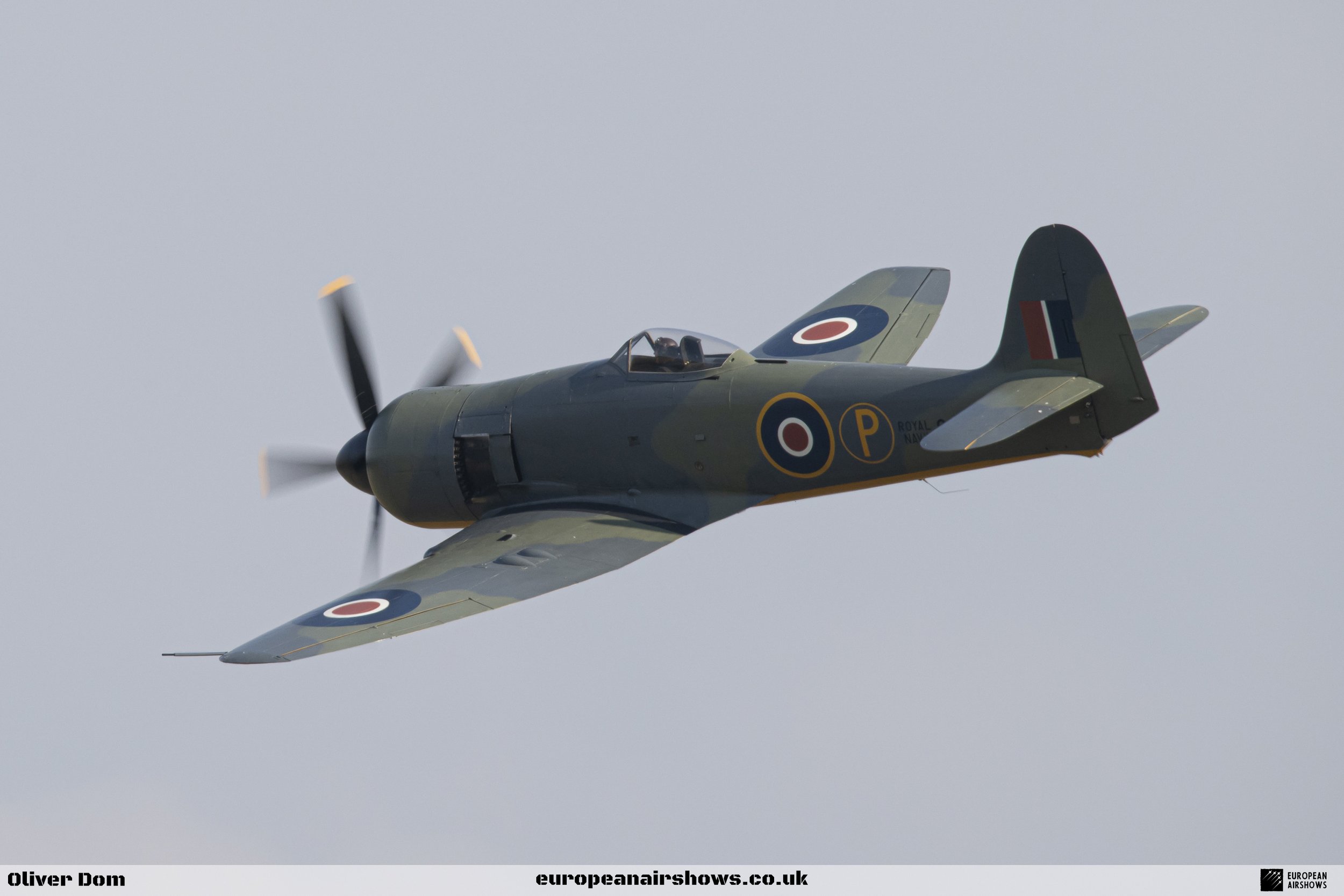

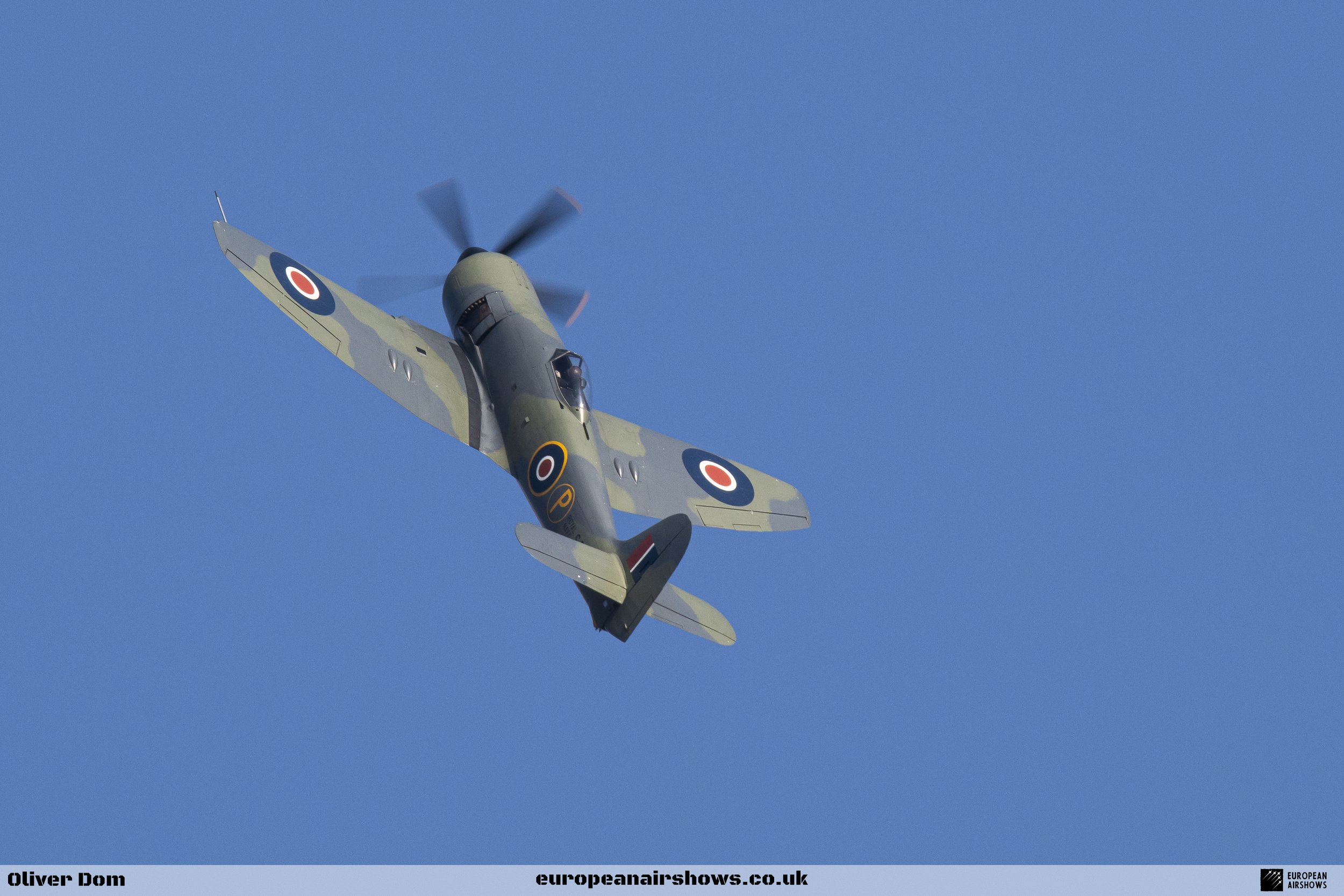
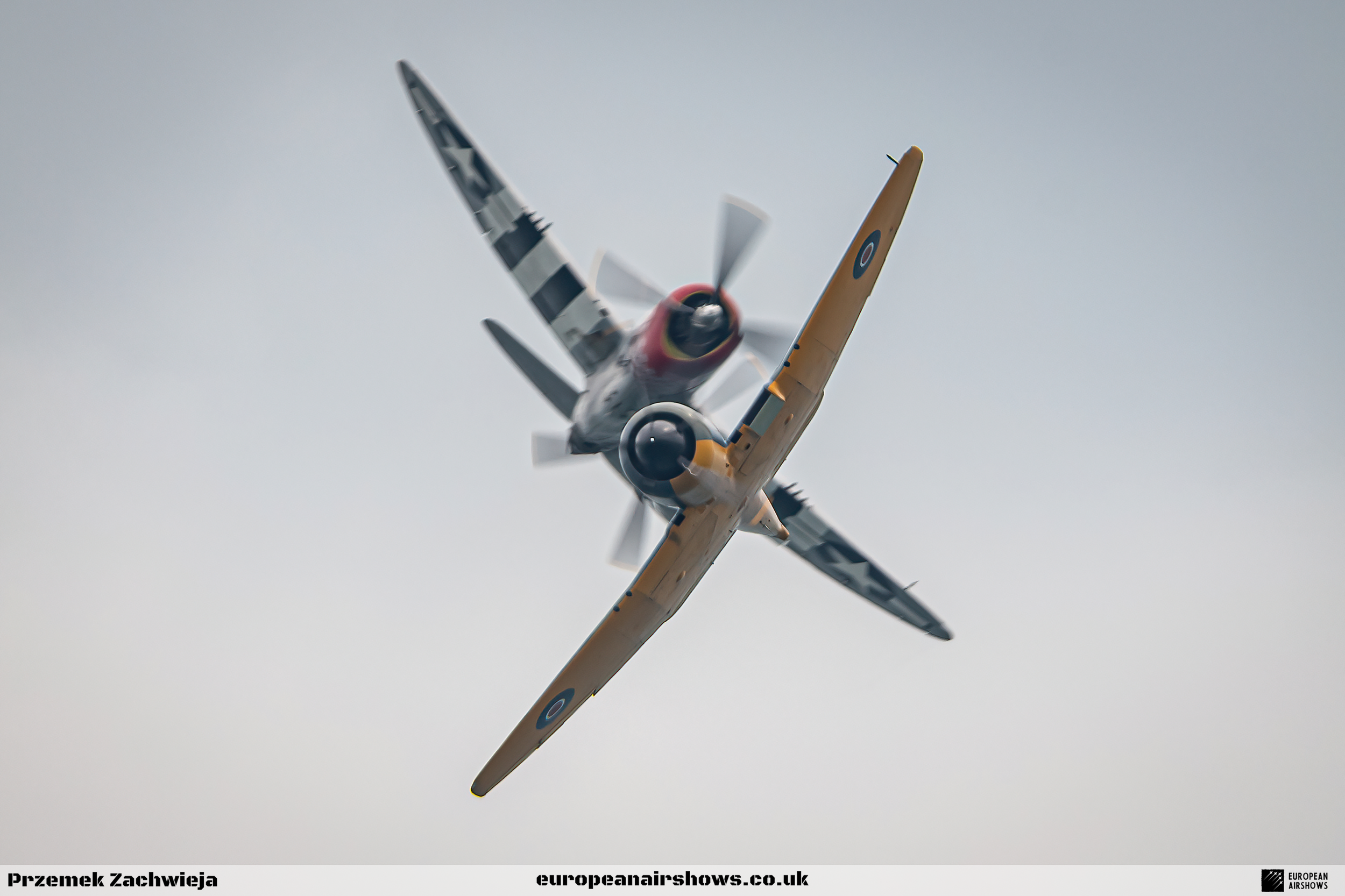
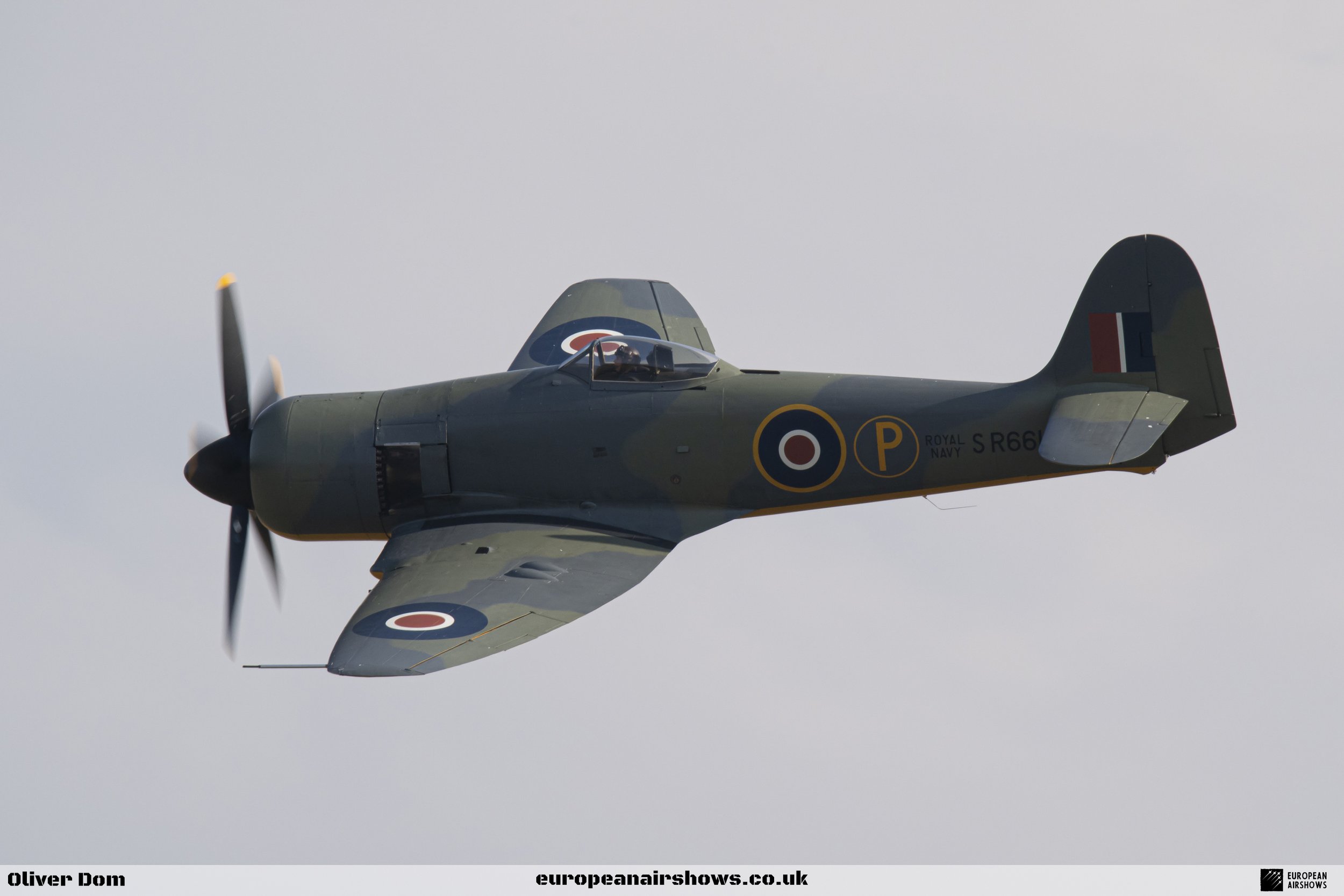


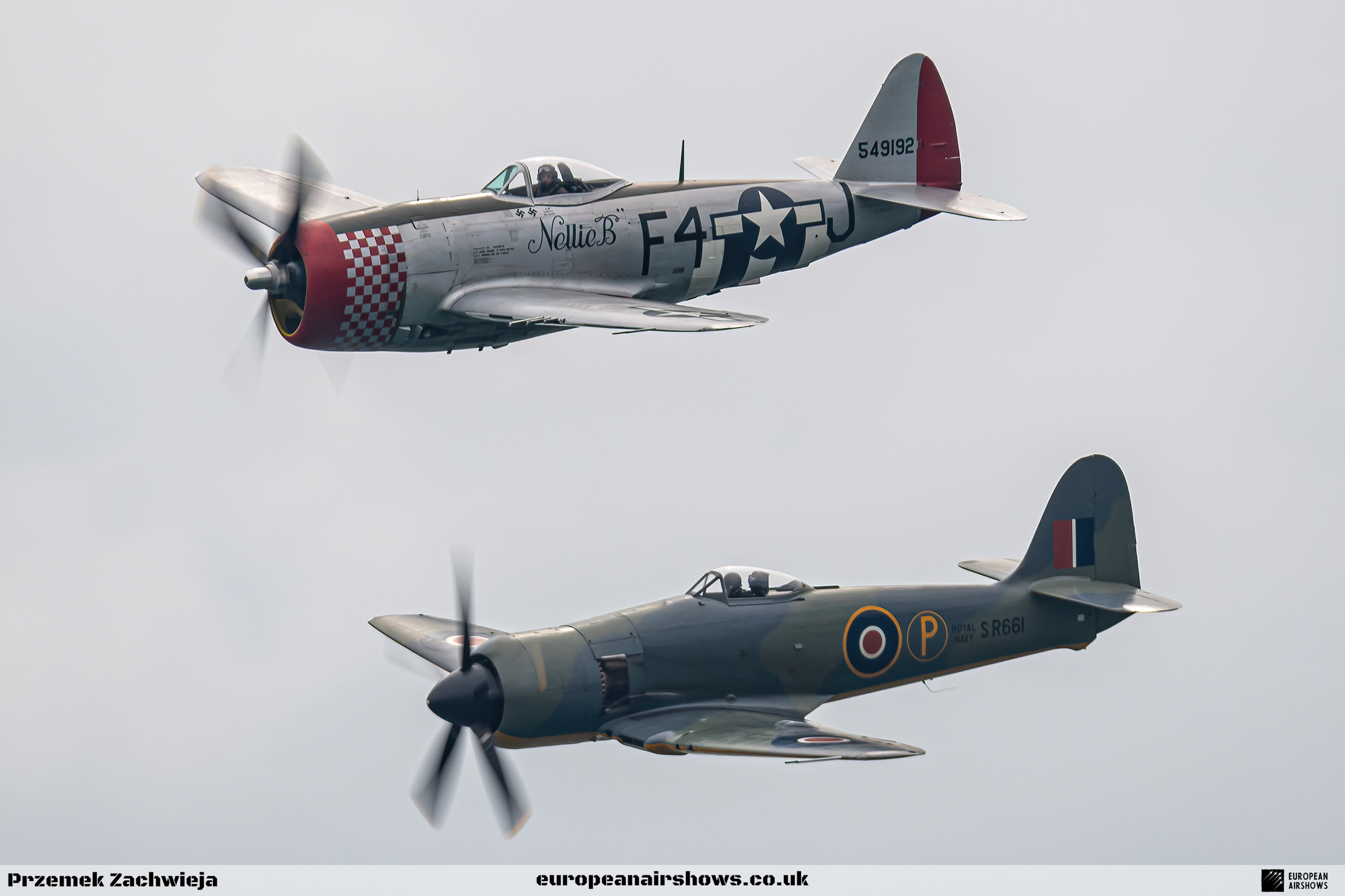
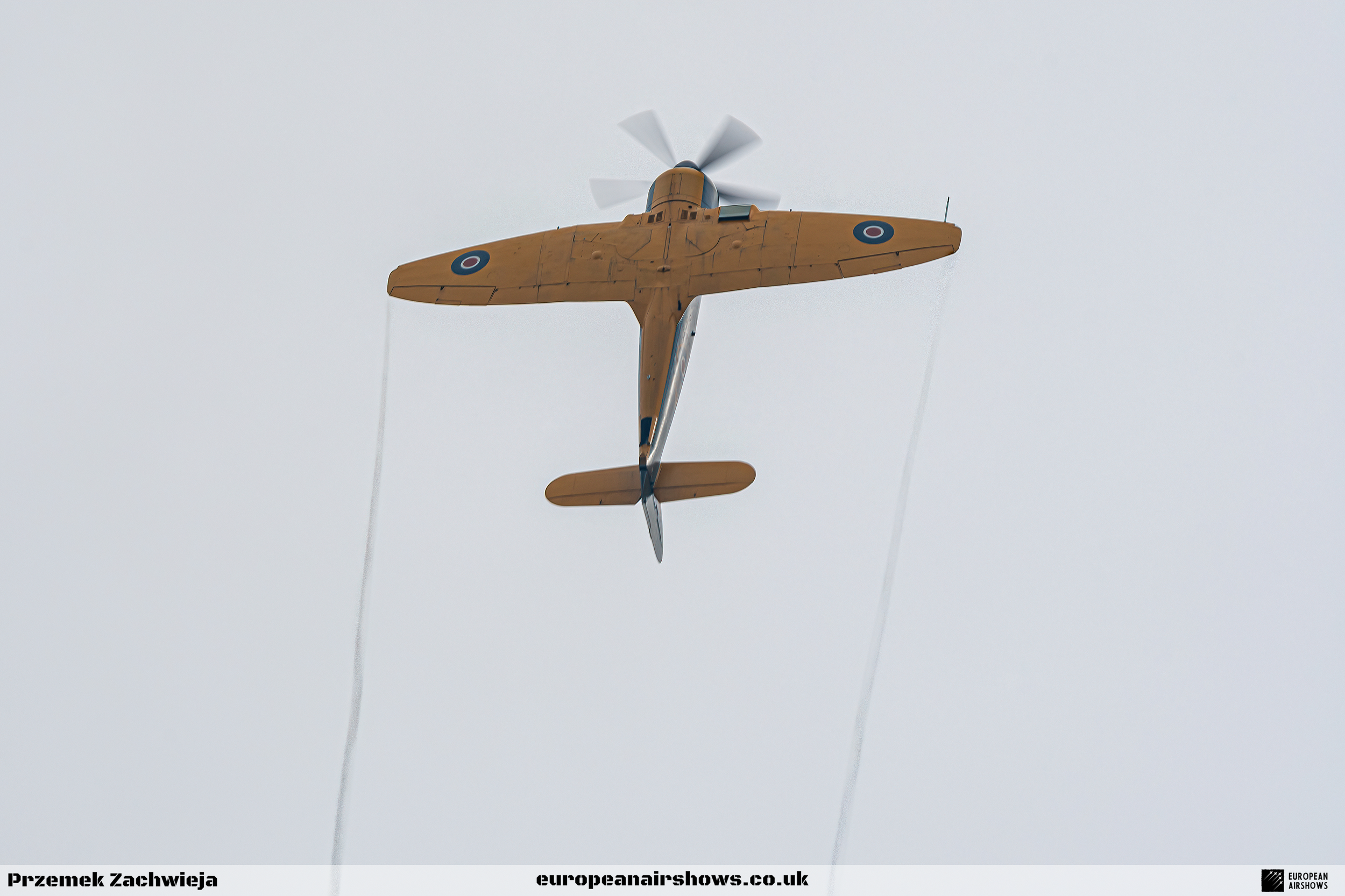
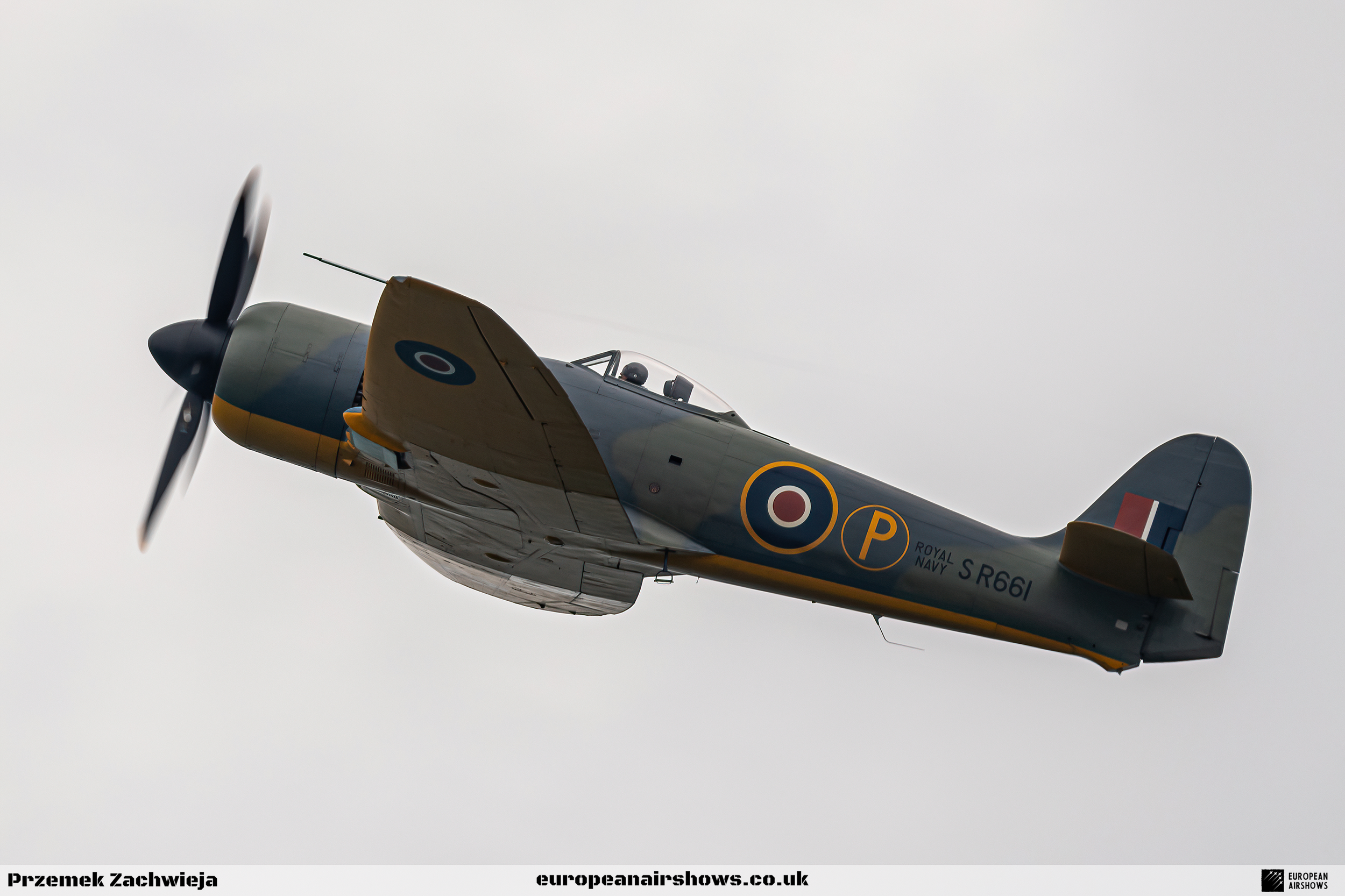
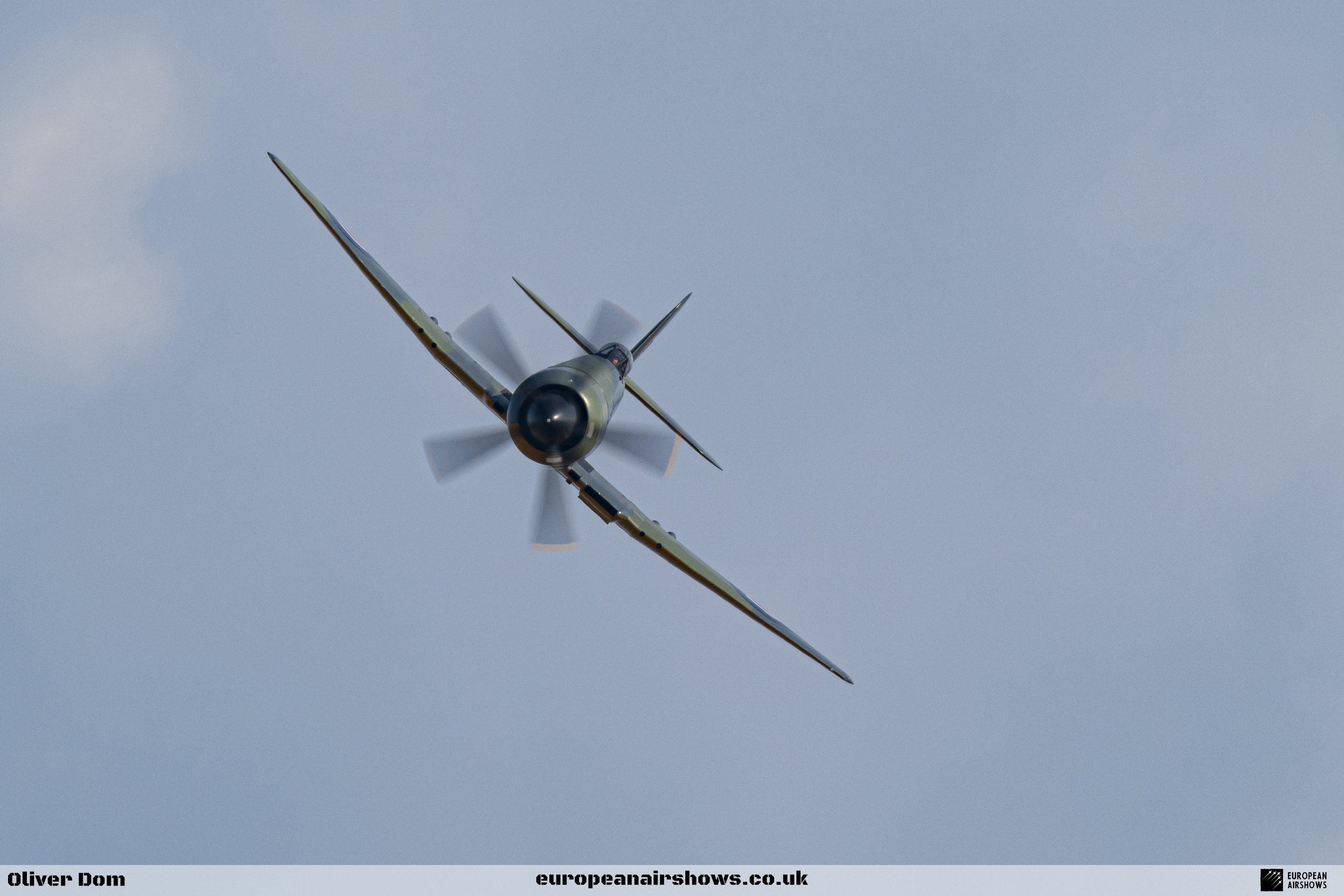
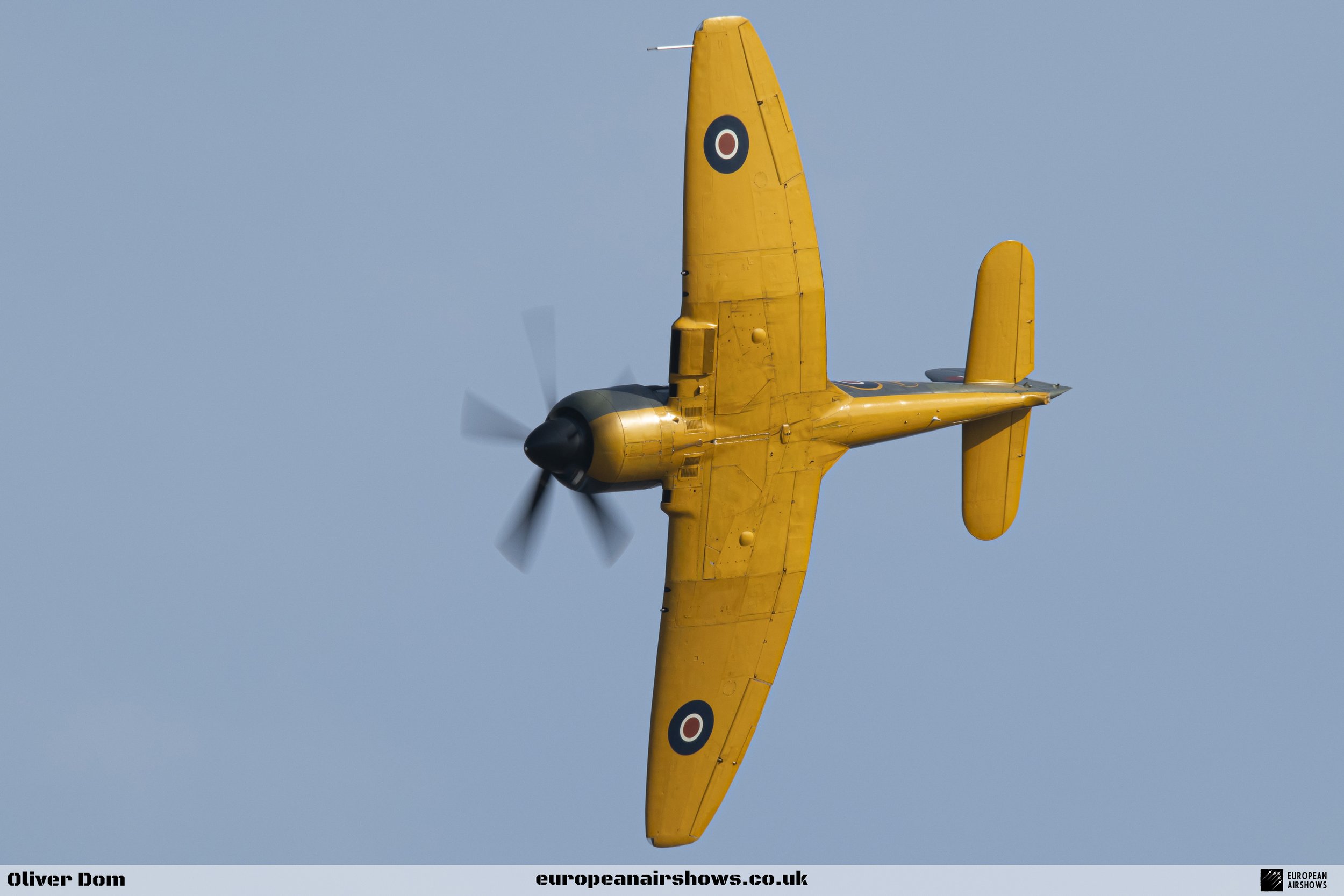
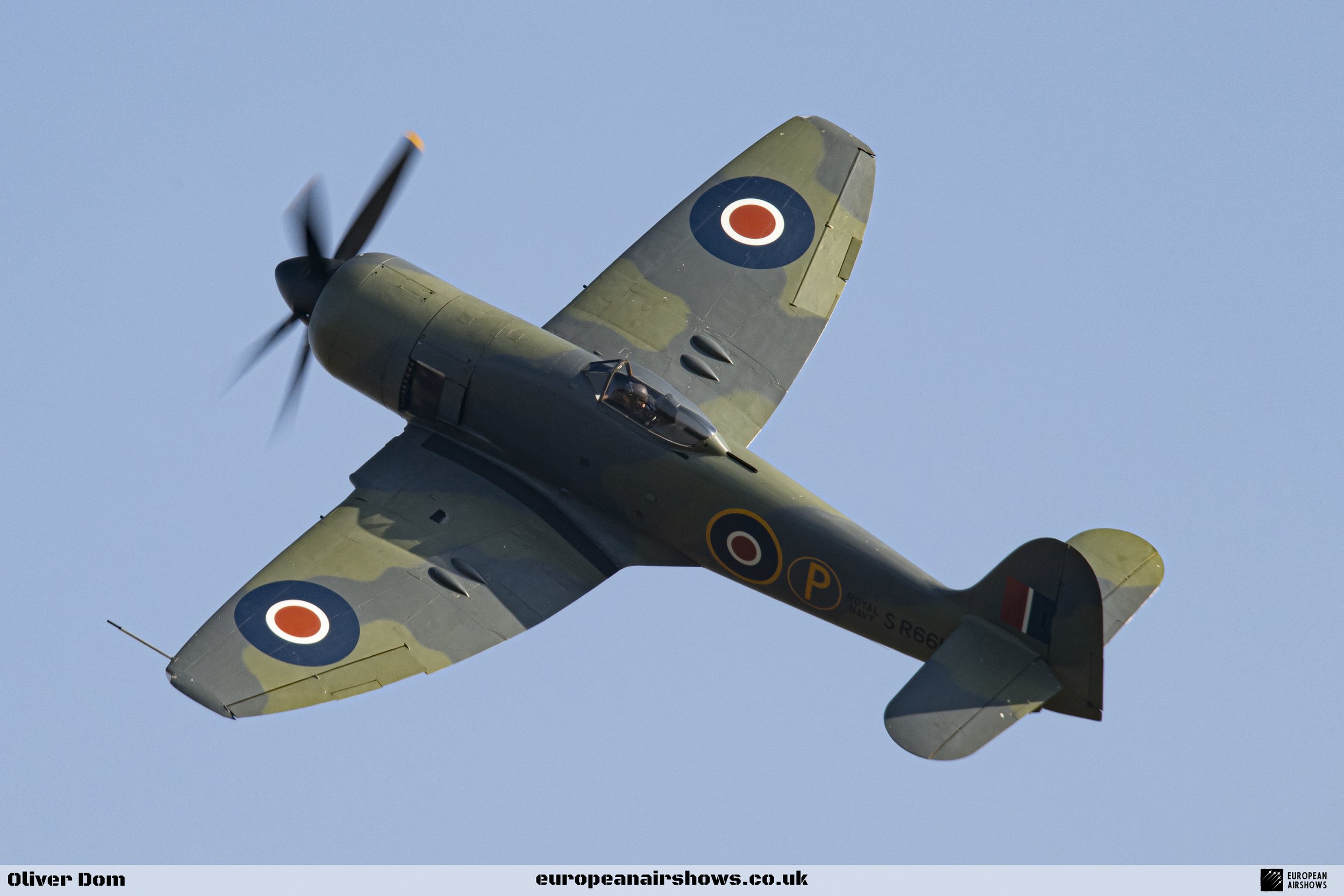
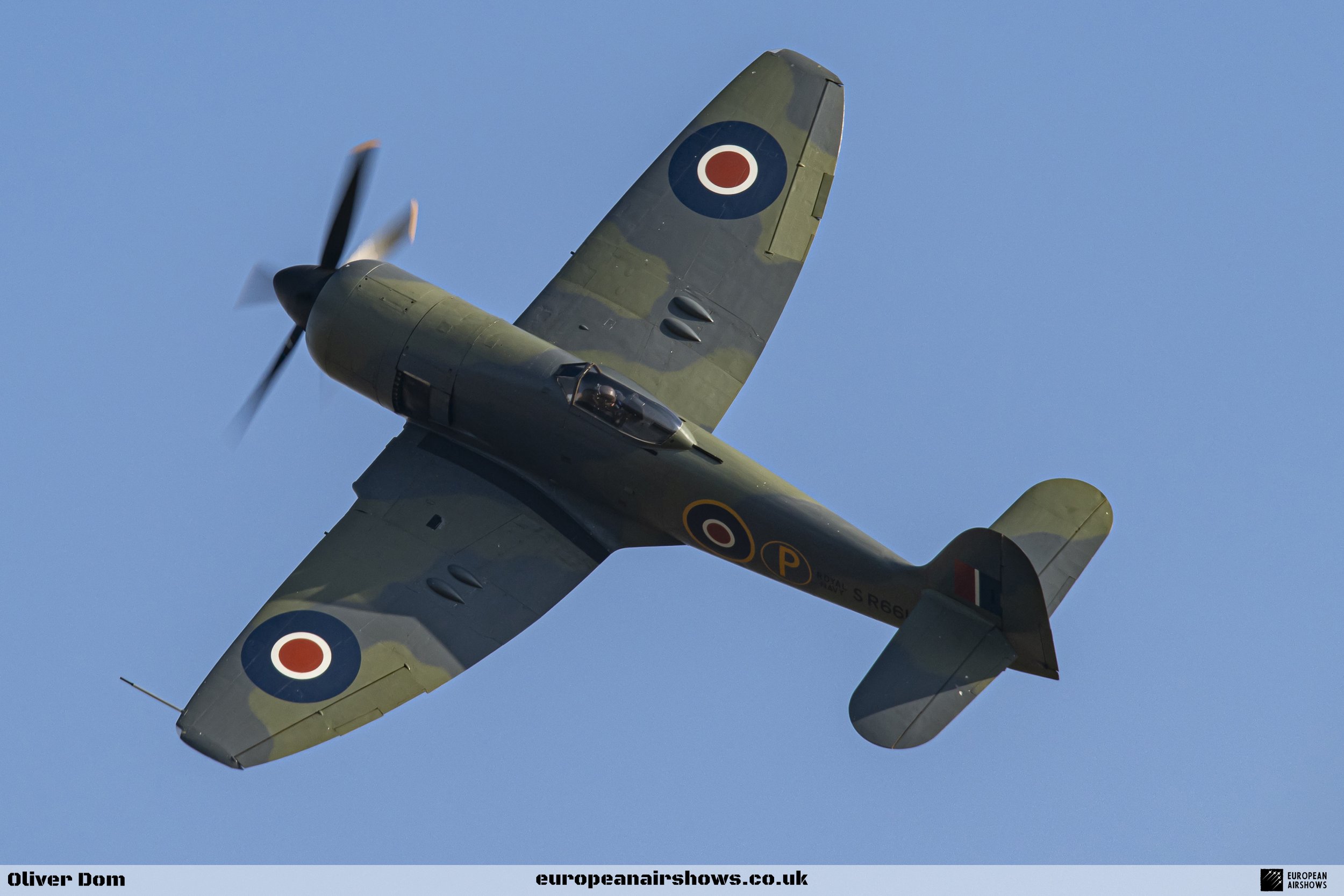
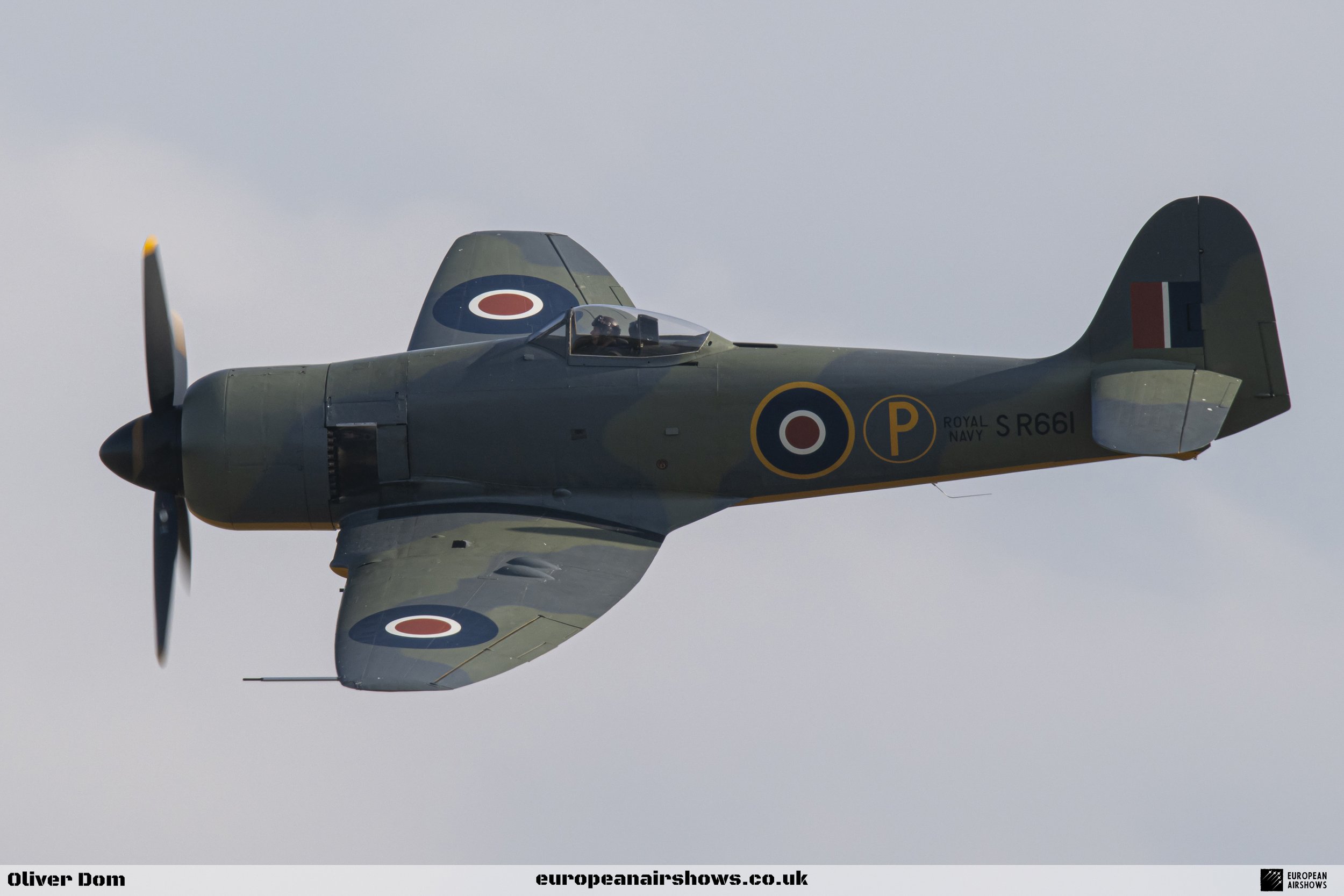
| Back to Top |






















